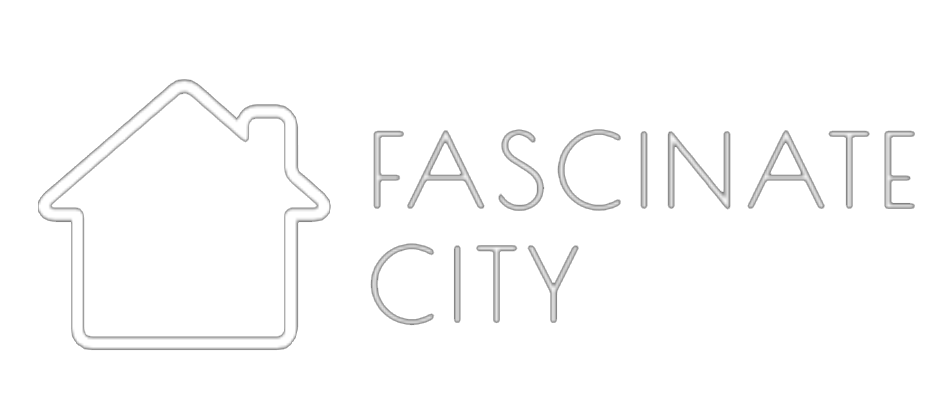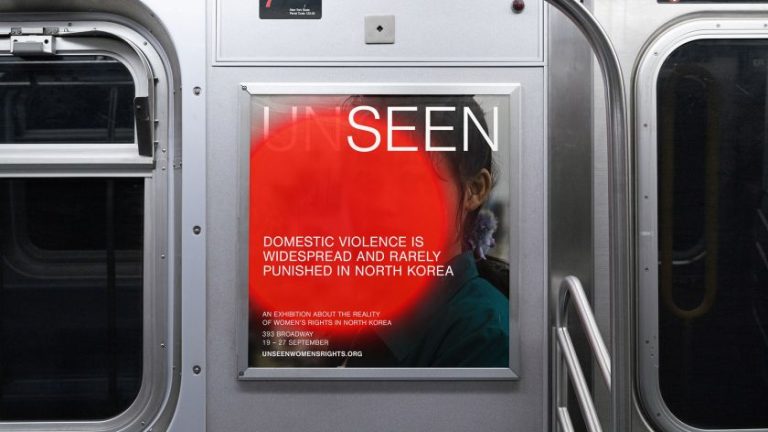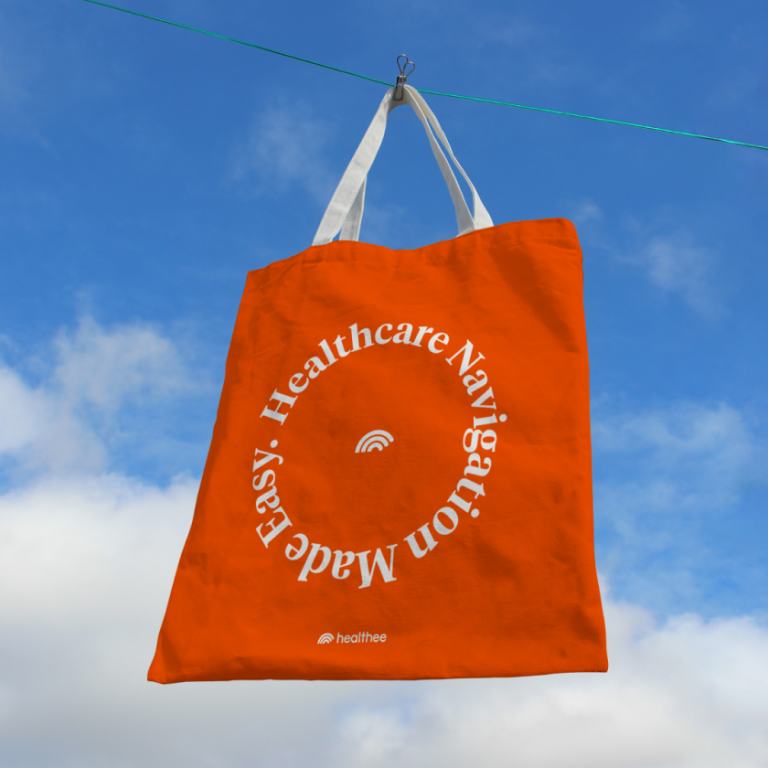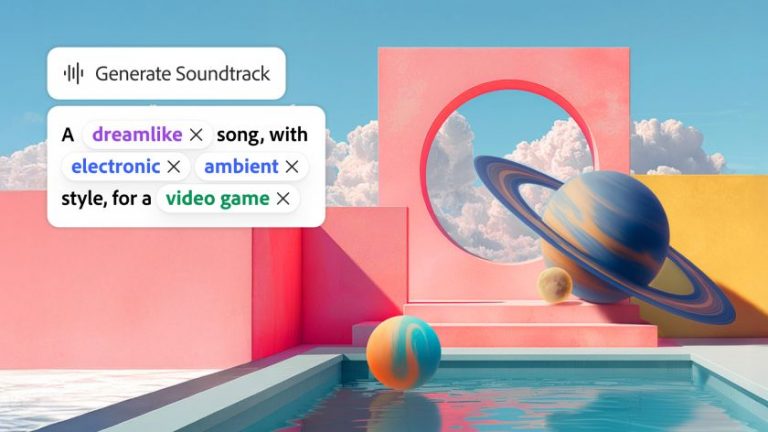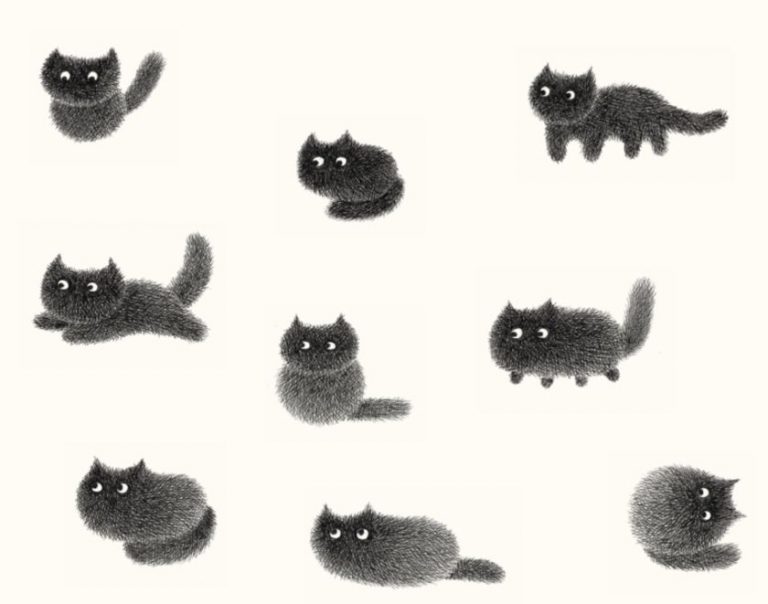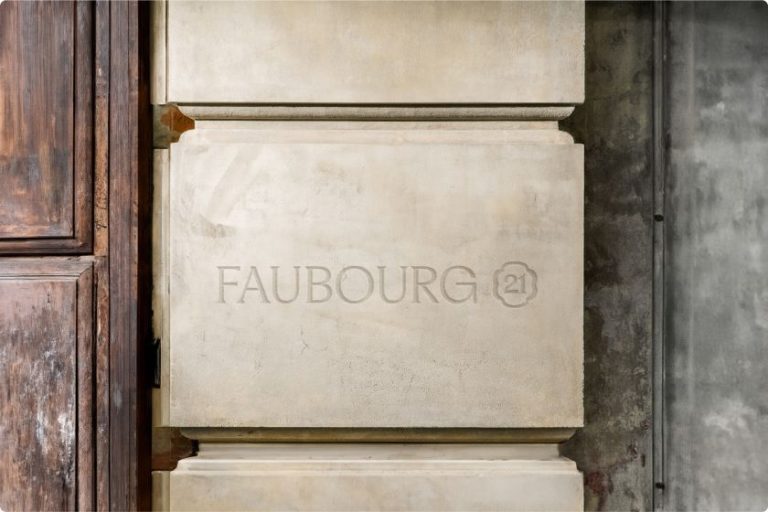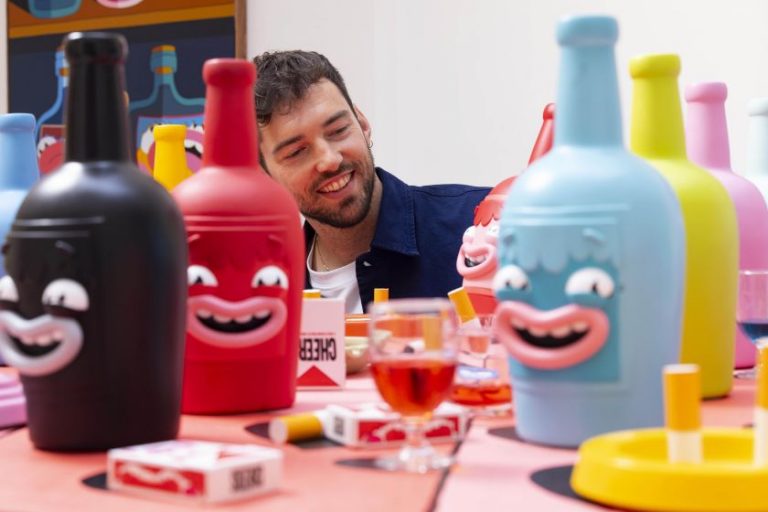Image licensed via Adobe Stock
Sometimes, the best ideas come when you’re off the clock. Here’s why rest is your secret weapon in hard times.
In a culture obsessed with productivity, doing nothing can feel like failure. But if your creativity’s running on empty, stepping back might be the most powerful move you make all summer. In this article, I’m going to explain why purposeful rest matters and how to give yourself permission to embrace it.
Let’s start with a heretical truth: you are not a content farm with a pulse. And yet, if you’re a designer, illustrator, photographer or any other creative human, you’ve probably been sold the myth that your worth is measured by how much you churn out. More posts. More pitches. More side hustles. More, more, more.
But creativity doesn’t work that way. It’s not a tap you wrench open when the economy tanks or the client pipeline runs dry. It’s more like a moody cat, affectionate one day, hiding under the sofa the next. And no amount of all-nighters or productivity apps will change that.
Creative cycles: they ebb and flow
Although it might feel like it during deadlines, your mind isn’t actually a 24/7 production line; it’s a living ecosystem with seasons of blossoming and dormancy. Just think about it: history is littered with brilliant artists and thinkers who did nothing spectacular for weeks.
Einstein famously daydreamed at his patent office desk before formulating his theory of relativity. J.K. Rowling dreamed up Harry Potter while stuck on a delayed train. Archimedes had his “Eureka!” moment lounging in a bath. Beethoven often took long, aimless walks through the countryside when wrestling with new symphonies… and then suddenly had a thunderclap moment that changed everything.
This is normal. Ideas need time to percolate under the surface, like strong coffee. So, if you’re in a creative slump, it doesn’t mean you’re broken or lazy; it simply means you’re human.
What ‘doing nothing’ really means
So how do you, well, do nothing? Before you grab your phone and sink into three hours of algorithmic cat videos, let’s get clear: doing nothing doesn’t mean numbing your brain with dopamine hits. In fact, mindless scrolling is the opposite of true rest. It floods your mind with noise, leaving no quiet corner for new connections to spark.
In contrast, doing nothing is an intentional pause. It’s stepping away from screens, expectations and the relentless dopamine drip. So your brain can wander, wonder and knit half-formed thoughts into fresh ideas.
True rest means stillness, space and disconnection.
Picture the last time you had a big idea. Chances are it didn’t arrive when you were hunched over a laptop at 1am, desperately refreshing your inbox. It probably popped up when you were in the shower, staring out of a train window, or lying in bed listening to the rain.
These moments of stillness and disconnection allow your brain’s ‘default mode network’ to light up—the bit responsible for daydreaming, mulling over memories, and making unlikely connections. It’s here, in this background hum, that innovation often bubbles up.
Why your brain needs the downtime
Neuroscientists call this process creative incubation. When you switch off from active problem-solving, your subconscious gets to play. It rummages around your mental attic, dusting off old ideas and combining them in new ways.
Boredom, that thing Silicon Valley has taught you to avoid, is rocket fuel for this process. Studies show that people who are bored come up with more original ideas than those who are perpetually entertained. So the next time you feel restless doing ‘nothing’, congratulate yourself. You’re literally rewiring your brain for better ideas.
Let’s be honest: this is a radical idea, especially if you’re self-employed. Freelancers, artists and small business owners live with the low hum of anxiety that if you’re not hustling, you’re failing. In an economic downturn, the pressure doubles. Add AI’s looming presence, and it’s easy to feel like you must prove your human worth by working even harder.
But overwork is not a badge of honour; it’s a fast track to burnout and stale ideas. Choosing rest is quietly rebellious. It says that my value isn’t measured in billable hours or LinkedIn updates. It’s measured in the originality, quality and depth of what I create… and for that, I need time to breathe.
How to rest
So, how do you actually do nothing when your to-do list hovers over your shoulder like a Dickensian ghost? Start by following these tips.
Take micro-breaks: Set a timer every hour to step away from your desk and take a brief break. Make tea. Stretch. Stare out the window like a Victorian poet.
Go on pointless walks: No destination, no podcasts, no guilt. Let your mind wander as your feet do.
Try a digital detox: Set aside one evening a week to turn off your phone. See what your brain does when it’s not being fed a constant stream of novelty.
Block out recovery time: You might think you should only do this in busy periods. However, it’s especially important in quiet months because when work is slow, we all feel the urge to panic and hustle. Instead, use the downtime to nap, read or simply potter about. Trust that you’re refuelling.
Remember: doing nothing is not the enemy of progress. It’s the fertile soil that makes growth possible. And in a world that runs on ‘always on’, choosing to switch off is an act of quiet power.
So, this summer, dare to be idle. Give your mind the space it’s begging for. Because sometimes, the most productive thing you can do for your creative work, and your weary soul, is absolutely nothing at all.
